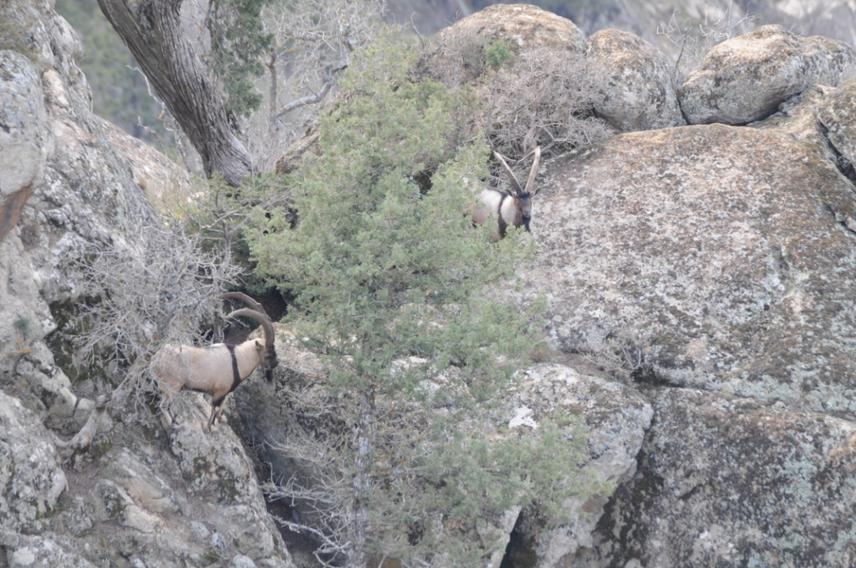Paul Weinberg
Other projects
29 Mar 2012
Status and Ecology of Wild Goat (Capra aegagrus) Populations and their Implications for Conservation of Armenia’s Mountain Ecosystems
The aim of the project is to work out parameters of three main wild goat (Capra aegagrus Erxleben) populations in Central and South-east Armenia for future successful protection and sustainable use of the species.

Wild goat is listed in the 2008 IUCN Red List of Threatened Species as “vulnerable”, whereas in the Red Data Book of Armenia it is indicated as “threatened”. Facing severe population shrinkage and fragmentation due to land-use and poaching, this species, together with Armenian mouflon (Ovis [orientalis] gmelini Blyth), serves as a flagship and indicator of the status of Armenia’s mountain ecosystems. Wild goat shows ecological and morphological diversity across different habitats. Site-specific patterns of goat populations and their spatial variability have clear implications for conservation and need serious research. Of particular concern is the unique occurrence of hornless goats on the Zangezur Ridge where uranium and molybdenum deposits occur.
Our studies of sex and age structure, reproduction rates and kid survival rates vs. habitat quality and man-caused pressure in different study areas (sites) will enable us to check the population health, develop targeted conservation measures and propose methods of sustainable use (e.g., trophy hunting) for each particular site and for Armenia in general.
This project will be carried out in close cooperation with local people and conservation authorities that will ensure the efficiency of follow-up conservation activities.
Field surveys will be conducted in July-August (post-parturition period) and November-December (rutting period) of 2009-2010 in three study areas with clear differences in habitats and climate:
(1) Khosrov Reserve (semi-arid limestone mountains up to 2000 m a.s.l., hot summers, harsh winters);
(2) Zangezur Ridge (high granite mountains up to 3900 m a.s.l. in southern Armenia, alpine habitats above the timberline shared with mouflon);
(3) Meghri Ridge (low semi-arid granite mountains up to 2500 m a.s.l. in the extreme south of Armenia, year-round green vegetation and snowless winters). Field work will consist of approximately 10 days/area/season for 3 seasons/area.
All animals observed through binoculars and spotting scopes will be sexed and aged. Horn growth rates will be estimated from measurements of found horn sheaths. Rutting behaviour and overall behaviour will be recorded.
The project output will include scientific articles, popular papers and reports with descriptions of current status and recommendations for wild goat conservation in Armenia. They will be submitted to the national Ministry of Nature Protection to amend the existing wild goat conservation strategy and thus make a long-term contribution to conservation of mountain ecosystems.